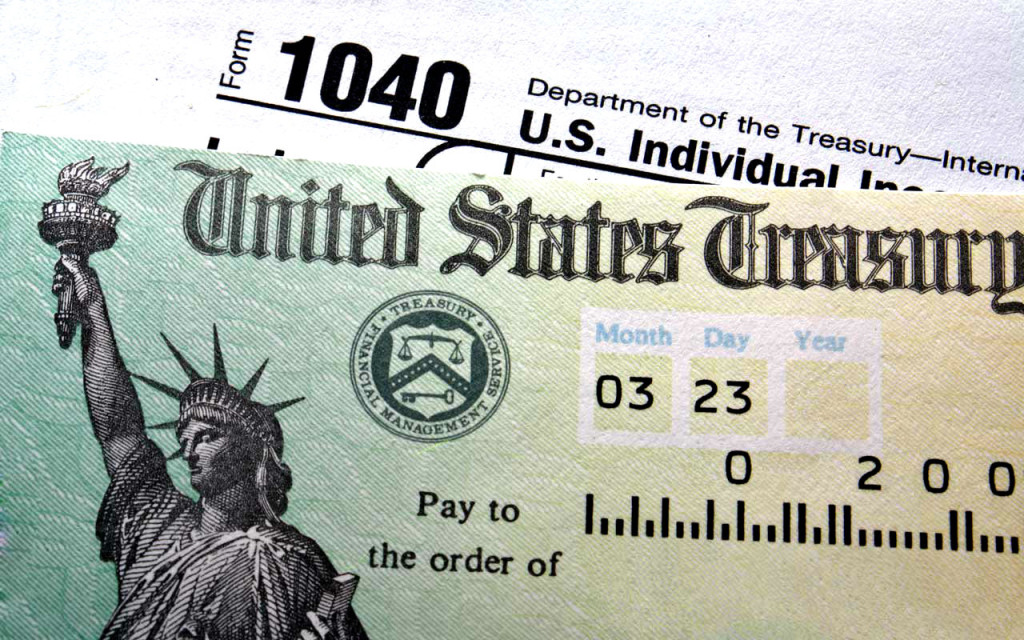
It’s tax time! Well, not really, but the Internal Revenue Service (IRS) would like Americans to take a few steps ahead of the new year so they can grease the skids for their 2022 federal tax return.
The agency has built out a new set of tools that it says can not only make tax returns easier but can also help taxpayers approach the upcoming tax season with a newfound tax prep swagger.
When ConsumerAffairs took a look at the new Get Ready website, what the IRS is pitching couldn’t be any more consumer-friendly. It is simple, complete, and structured so almost anyone looking for guidance on what’s new and what to consider when filing a 2022 tax return can get what they need.
There is also some helpful information on how to pull your tax records together whether you’re doing your own return or having a tax preparer do it. Add to that how to find free tax preparation resources for the elderly and those in the military, and how to do things like Child Tax Credit and how to E-file employment taxes.
“When filers have all their tax documentation gathered and organized, they’re in the best position to file an accurate return and avoid processing or refund delays or receiving IRS letters,” the agency said in announcing Get Ready.
“Now’s a good time for taxpayers to consider financial transactions that occurred in 2022, if they’re taxable and how they should be reported.”
The new Tax Estimator could save taxpayers a major headache next April
There’s always some new wrinkle in every year’s tax returns and when people file for Tax Year 2022. Again, the IRS’ new tools should help. At the top of the agency’s wish list for taxpayers to do in advance is take advantage of the Tax Withholding Estimator on IRS.gov.
This tool was specifically designed to help taxpayers determine the right amount of tax to have withheld from their paycheck so they don’t get surprised by a big tax bill next April.
The estimator comes in especially handy for people who have had life changes this year – like getting married or divorced, welcoming a child, or taking on a second job.
Yes, the agency realizes that it’s the holidays and the last thing anyone wants to do is worry about taxes, but estimating taxes due to things like non-wage income from unemployment, self-employment, and annuity income, needs to be done by January 17, 2023. That’s when the last quarterly payment for 2022 is due.
The IRS says the Tax Withholding Estimator can help wage earners determine if they need to adjust their withholding, consider additional tax payments, or submit a new W-4 form to their employer to avoid an unexpected tax bill when they file.
Get ready for smaller refunds and possibly slower refund checks
The IRS doesn’t want to scare anyone, but it does want Americans to know that, yes, the standard deduction will be higher but refunds may be smaller in 2023. The first thing that got a haircut was those stimulus payments we fell in love with. Since there were no Economic Impact Payments for 2022, taxpayers can kiss their hopes of an additional stimulus payment with a 2023 tax refund goodbye.
Another warning is that taxpayers who don’t itemize and take the standard deduction, will not be able to deduct their charitable contributions.
The IRS says that taxpayers who think that if they file early enough, they might be able to get a tax refund to take care of paying bills or make a major purchase by a certain date need to slow that roll.
“Some returns may require additional review and may take longer,” the agency said. “For example, the IRS and its partners in the tax industry, continue to strengthen security reviews to protect against identity theft.”
And for those who claim the Earned Income Tax Credit (EITC) or the Additional Child Tax Credit (ACTC), they’re going to have to sit and wait a bit too because those things can’t be issued before mid-February.
The agency said that it’s required – by law – to hold the entire refund, not just the portion associated with EITC or ACTC.
And it’s also doing it for the safety of the taxpayer. With identity theft and fraud as crazy as it is, this law helps ensure taxpayers receive the refund they’re due by giving the IRS time to detect and prevent fraud.
Become a Harlem Insider!
By submitting this form, you are consenting to receive marketing emails from: . You can revoke your consent to receive emails at any time by using the SafeUnsubscribe® link, found at the bottom of every email. Emails are serviced by Constant Contact








